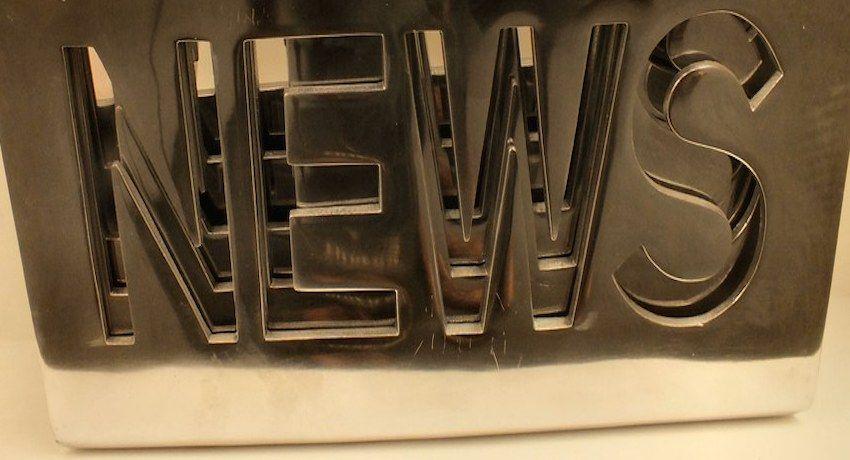
Top Gun: Maverick Copyright Dispute Settled: Paramount Prevails
Three decades after the iconic 80s action film first came out, the sequel “Top Gun: Maverick” was warmly received by everyone in 2022, becoming one of the biggest hits of the year.
However, only a few weeks after its release, the heirs of Ehud Yonay, the author of the article that inspired the first film in the saga in 1986, sued Paramount for copyright infringement. The original film was based on an article written by Mr. Yonay, to which Paramount had acquired the exclusive rights at the time. However, under US Copyright Law, authors are allowed to terminate the grant of exclusive licences or copyright assignments starting 25 years after the grant was made. Yonay’s heirs did so, notifying Paramount that they were recovering the copyright over the original article in 2020. They claimed that the studio had failed to reacquire the rights of the article. In its defence, Paramount argued that although the film had been delayed by the pandemic, Top Gun: Maverick was "sufficiently completed" when the rights reverted to the author's family meaning that producing and distributing the film did not amount to copyright infringement since by the time Paramount no longer had the rights to create new material based on the original article, the movie was already made.
After two years of litigation, on 5 April, the California US District Court ruled in favour of Paramount, holding that the essential characteristics of the film, including theme, setting and dialogue, were very different from Ehud Yonay's article. The court also considered that the similarity between the two works regarding a pilot school was merely factual and developed around concepts and ideas which are not protected by copyright law. Following the dismissal, the claimants announced that they would appeal the decision, while Paramount expressed its satisfaction and confirmed that it would proceed with the third film in the Top Gun saga.
EU Court Rules on Trademark Dispute: Bar Paris vs Paris Bar
In case T-117/23, the General Court of the European Union examined a trade mark dispute concerning an application for an EU figurative mark for "Bar Paris" and the German registered mark "Paris Bar”.
The parties are Kantstraße Paris Bar GmbH, a restaurant in Berlin, and Superstudio21 GmbH, an architecture studio in Cologne, Germany, specialising in interior design for the hotel and restaurant industry.
In 2019, Superstudio21 applied to the EUIPO for registration of the European Union trade mark "Bar Paris", characterised by the graphic and highly stylised representation of a rooster and the word "Bar Paris". The mark was sought for goods and services in Classes 29, 30 and 43 of the Nice Classification, including jams, vegetable snacks, bread, chocolate ice cream, and catering and temporary accommodation services.
The restaurant Kantstraße Paris Bar opposed the EU trade mark application on the basis of its German trade mark "Paris Bar", registered for clothing in Class 25 and catering and temporary accommodation services in Class 43 of the Nice Classification. Initially, the Opposition Division of the EUIPO upheld the restaurant's opposition. However, the EUIPO Board of Appeal upheld Superstudio21's appeal and annulled the Opposition Division's decision, holding that there was no likelihood of confusion under Article 8(1)(b) of Regulation 2017/1001.
The General Court of the European Union had to determine whether there was a likelihood of confusion between the EU figurative mark "Bar Paris" and the earlier German mark "Paris Bar", taking into account elements such as the similarity between the two marks and the message conveyed by their denominative and figurative elements.
As regards the similarity between the marks, the General Court held that the words 'bar' and 'Paris' in both marks were of a very low level of distinctiveness since they were in large part descriptive and evoke a connection with Paris because of their association with the city and the concept of a bar. However, it pointed out that, although the denominative signs were common, the two marks at issue had sufficiently significant differences to affect the overall impression, referring to the graphic representation of "Bar Paris" and the stylised rooster. Therefore, in a context where the earlier mark "Paris Bar" has a very weak distinctive character, the visual differences between the conflicting marks would allow the average consumer to clearly distinguish them, despite the identical or similar nature of the goods and services in question. The Court upheld the decision of the EUIPO Board of Appeal and concluded that there was no likelihood of confusion between the marks.
Details
- Publication date
- 19 April 2024
- Author
- European Innovation Council and SMEs Executive Agency
